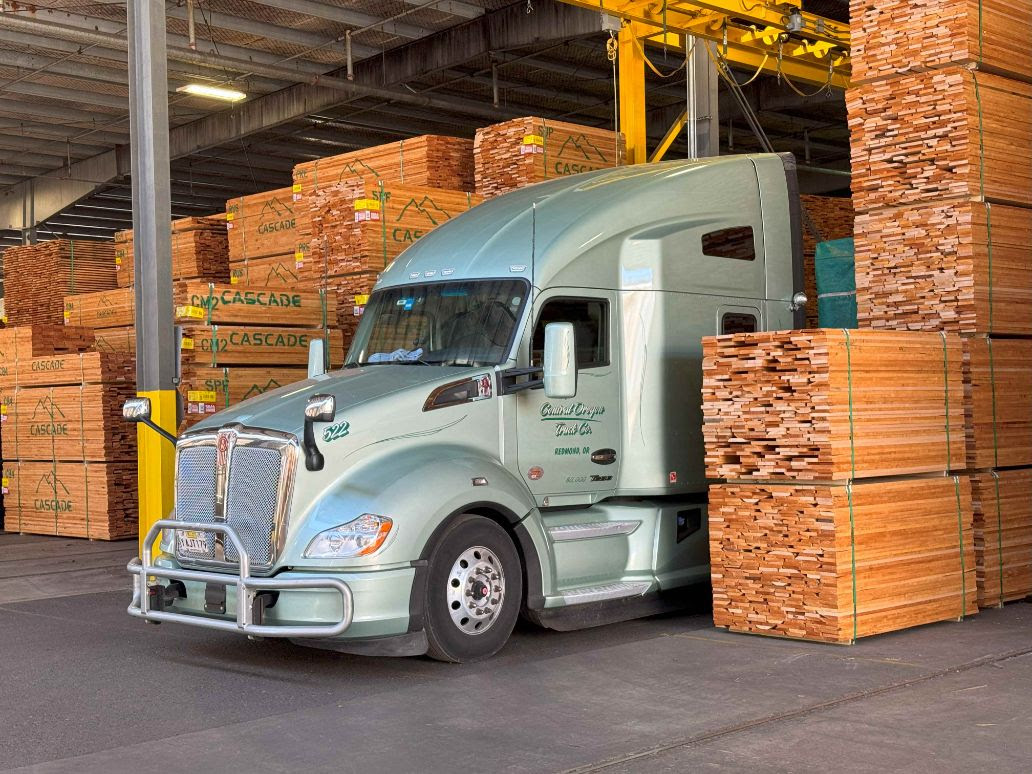Return

Sales of Alder lumber and other domestic hardwoods have been dragging this year. This trend echoes what’s happening in other discretionary markets, mirroring flagship consumer brands like Topgolf, Callaway Brands Corp. (MODG) stock, which is down 38% in the last six months. Let’s break down what’s behind this slowdown, drawing parallels to those broader economic vibes.
First off, consumer spending is shifting. Alder, with its smooth grain and versatility, often ends up in things like custom cabinets, guitars, dining tables, travel trailers, stuff that’s nice to have but not essential. The same goes for golf clubs or remodeling your kitchen; when folks feel the pinch, they put those on hold. Interestingly, travel seems to be holding up, maybe because it’s more about experiences than tangible goods. But for hardwoods tied to home projects or luxury items, demand dips as people tighten their belts.
The economy isn’t helping. Inflation’s still high, eating into what people can afford, and rising interest rates make borrowing pricier. That hits homeowners who might’ve financed a new floor or travel trailer, and it squeezes manufacturers too, who face higher costs for everything from energy to shipping. Alder, popular in furniture and millwork, feels this hard since it’s not a must-have like construction softwoods.
On the industry side, metrics aren’t pretty. Furniture and home goods sales are soft, leading to fewer orders for suppliers. With rising costs, profit margins are getting thinner, and without a strong retail pull, inventories pile up. It’s a cycle: weaker demand leads to cautious buying, which slows things even more.
Market sentiment plays a big role, too. Even if a company’s fundamentals are okay, a gloomy investor outlook, like what’s tanking Callaway Golf, can spill over. In lumber, buyers anticipate tough times and stock less, creating a self-fulfilling slowdown.
Other hardwoods aren’t faring much better. Maple and cherry for high-end pieces, or oak for flooring, all face the same discretionary squeeze. They’re all vulnerable when home improvements take a backseat. The exceptions remain the high-end, where Walnut and Rift White Oak continue to buck the overall trend.
Looking ahead, this will linger until inflation cools or rates drop. Hardwood folks might need to pivot, making more or cutting less, to cut costs to ride it out. But for now, it’s a reminder of how tied these markets are to consumer confidence.
